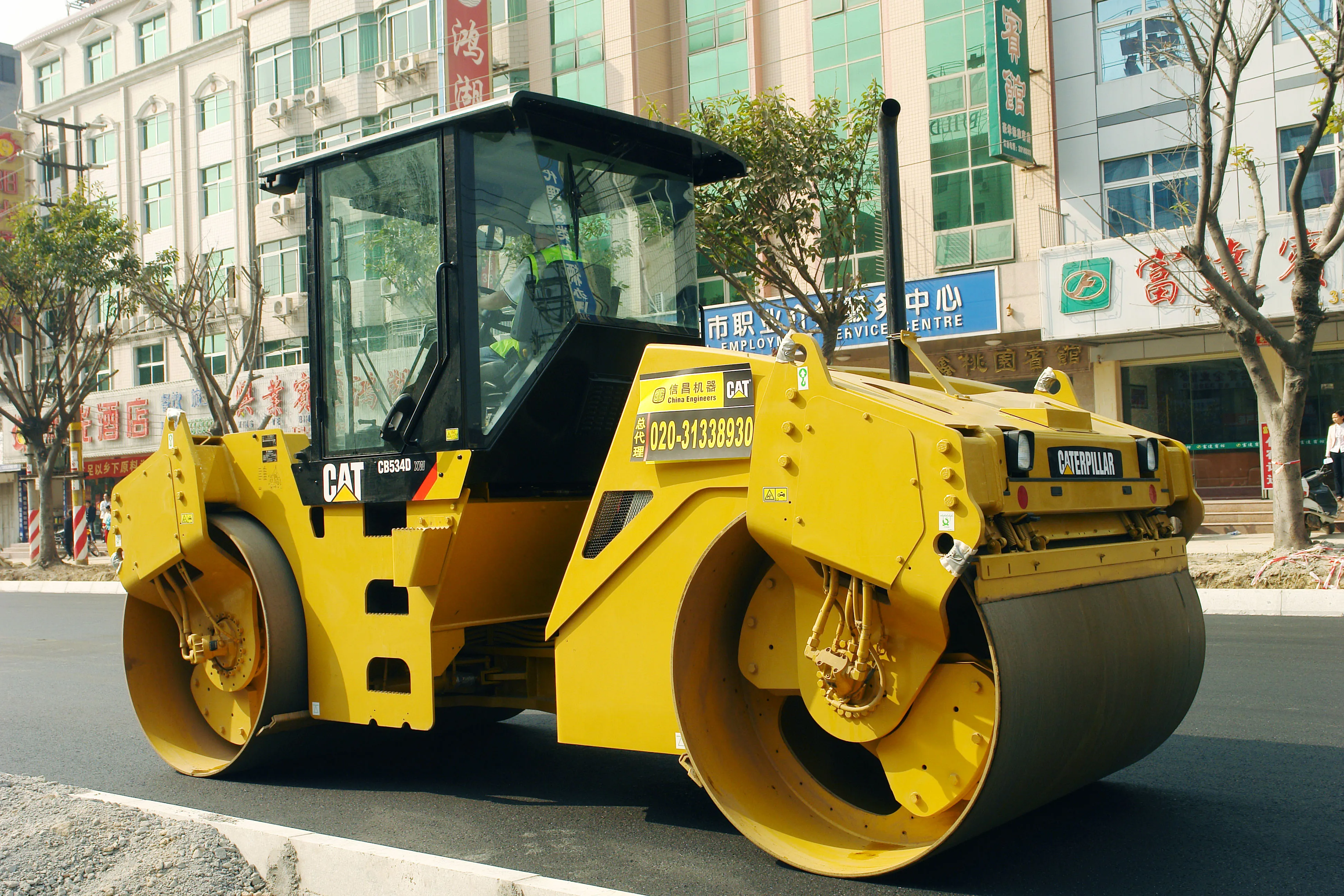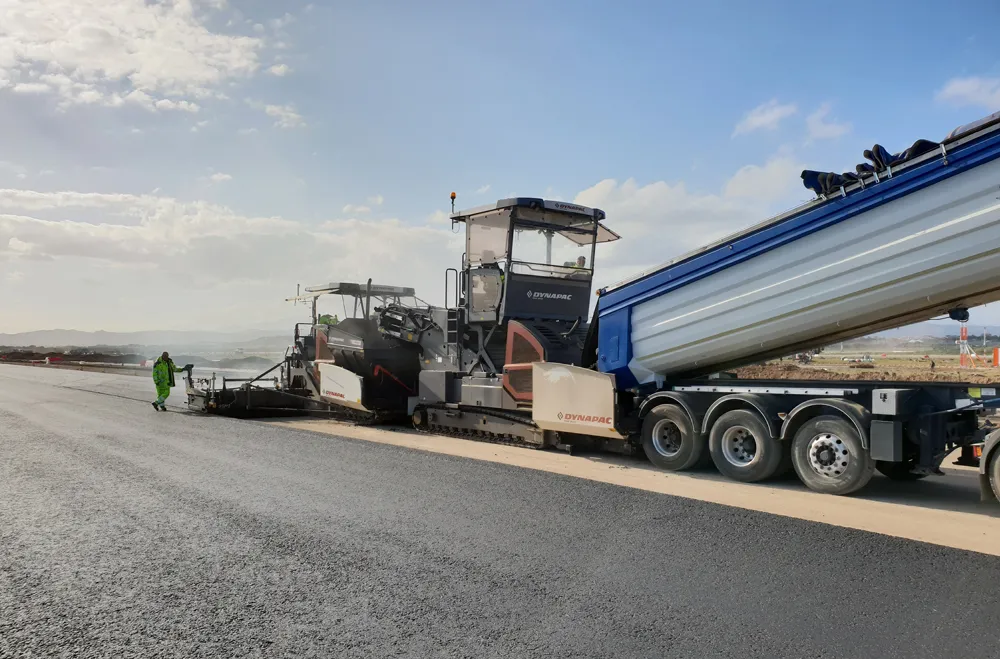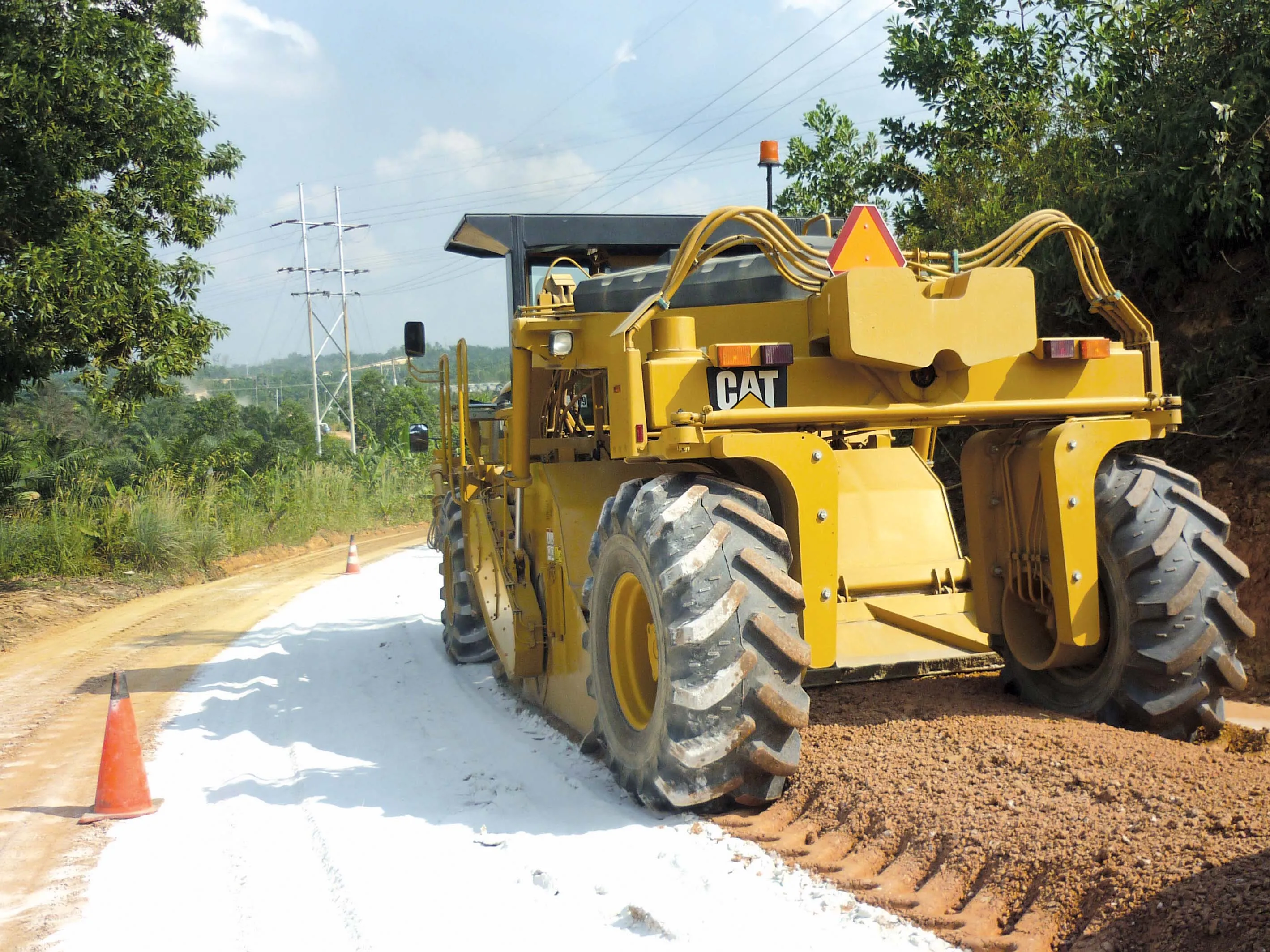
Thimarafushi forms part of the Thaa Atoll lying in the Indian Ocean but access has been limited in the past
However the construction of a new airport planned by the Maldives Government will help develop the tourist trade, boosting the local economy. Most visitors previously used the country’s two international airports, using these as hubs for flights to the country’s six domestic airports. This has limited travel to only a few of the country’s 1,192 islands, of which around 200 are inhabited. As a result, reaching most of the islands requires travel by boat.
A few years ago, the Maldives Government began to build its seventh domestic airport, on the island of Thimarafushi. The scenic island was chosen because of its natural beauty, and also because it could serve as a hub for those wanting to travel by boat to other nearby islands.
Maldives Transport and Contracting Co (MTCC), a customer of
The runway is surrounded by sea on the reclaimed land. Site preparation included the placement and compaction of aggregate. Project specifications required that 100% compaction densities were achieved on four layers.
A 200mm sub-base was placed first, and the Cat CS533E compacted it to 150mm. The same process was followed for the second layer. The third layer consisted of binding material that was placed at 130mm and compacted to 100mm.
The fourth layer was asphalt with aggregates of 12.5mm, 9mm and 6mm. It was placed at 60mm and compacted to 50mm. A Cat AP655D asphalt paver with AS4251 screed handled the paving.
Paving production was limited because of the hot mix plant’s capacity of 45tonnes. During the average day, the paver placed a strip that was 5m wide and 700m long. Dump trucks hauled the mix the short distance from the plant to the runway.








